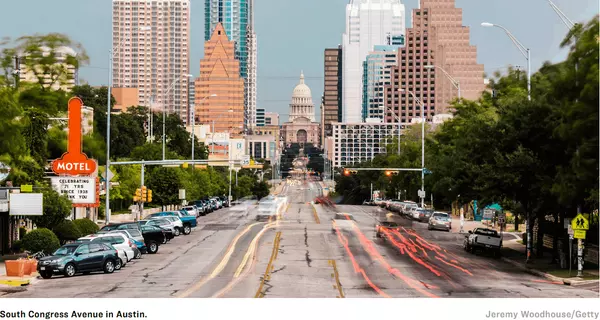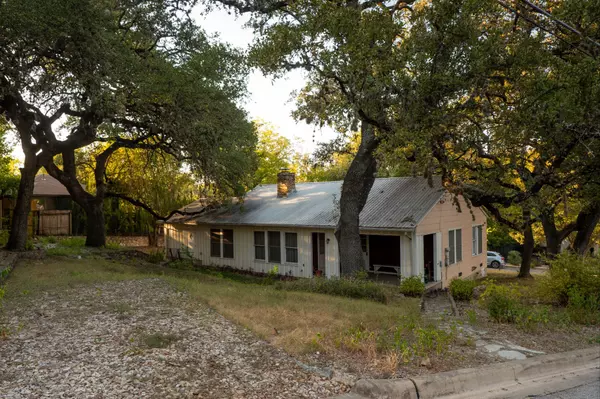The Fed, Recessions & Rates: What History Can Tell Us About What’s Next
TL;DR:
The Fed often raises interest rates too far when trying to control inflation. That slows the economy, unemployment rises, and eventually the Fed pivots to cutting rates. When that happens, mortgage rates typically fall about 1 to 1.5 percentage points, creating better opportunities for buyers and homeowners.

If you’ve been watching the Fed and wondering whether we’re heading toward another recession, you’re not alone. Historically, the Federal Reserve increases rates to cool an overheating economy. That cooling process often goes too far and leads to a slowdown or mild recession.
So what does that mean for the housing market? Let’s break it down.
The Fed’s Pre-Recession Pattern
The same story has played out in many cycles:
- The economy heats up. Job growth is strong, wages rise, and inflation stays elevated.
- The Fed raises rates. Borrowing becomes more expensive, and the economy starts to lose momentum.
- The slowdown sets in. Consumer spending and corporate profits cool, unemployment rises, and the Fed eventually shifts from raising to lowering rates.
Typically, that pivot from hikes to cuts happens several months before a recession officially begins.
What Happens When the Fed Starts Cutting
When the Fed changes direction, interest rates across the economy usually follow. Historically, mortgage rates fall about 1 to 1.5 percentage points once the Fed begins cutting rates.
That shift often:
- Opens a refinancing window for homeowners
- Improves affordability for buyers who were priced out
- Encourages movement in the market as confidence returns
Even though recessions bring challenges, they also create new opportunities for those prepared to act when rates fall.
Jobs and Confidence: What to Watch
Unemployment usually rises once a slowdown takes hold, but it tends to lag behind other economic data. Early warning signs include fewer job openings, slower wage growth, and companies taking longer to hire.
When the Fed sees those signals, it typically pivots toward easing policy to support growth. That’s when mortgage rates tend to follow them lower.
How It Affects the Housing Market
Here’s what this means for real estate:
- As interest rates drop, buyers regain purchasing power and affordability improves.
- Homeowners gain opportunities to refinance into lower rates.
- Inventory often increases as confidence returns to the market.
Each cycle eventually brings a reset. While uncertainty can cause hesitation, understanding these trends helps buyers and sellers position themselves for what comes next.
The Bottom Line
The Fed’s efforts to control inflation often end with a pivot to lower rates. When that happens, mortgage rates tend to fall, creating renewed opportunity for both buyers and homeowners.
Keep an eye on inflation and labor market data. Those will likely be the first signs that the next shift in rates—and the next window of opportunity in housing—is on the horizon.
Categories
- All Blogs (108)
- Active Listings (1)
- Austin Homeownership (1)
- Austin Neighborhoods (16)
- Buyers (25)
- Economic Insights (1)
- Fun Fact (2)
- Homebuyer Strategy (2)
- Investing (10)
- LIATX (42)
- Market Insights (5)
- Market Updates (7)
- Million Dollar Listing (1)
- Mortgage Strategy (2)
- Off-Market (1)
- Open House (1)
- Personal (1)
- Real Estate (24)
- Real Estate News (1)
- Sellers (16)
- Seniors (4)
- Things To Do (2)
- Tips & Tricks (3)
Recent Posts










GET IN TOUCH

